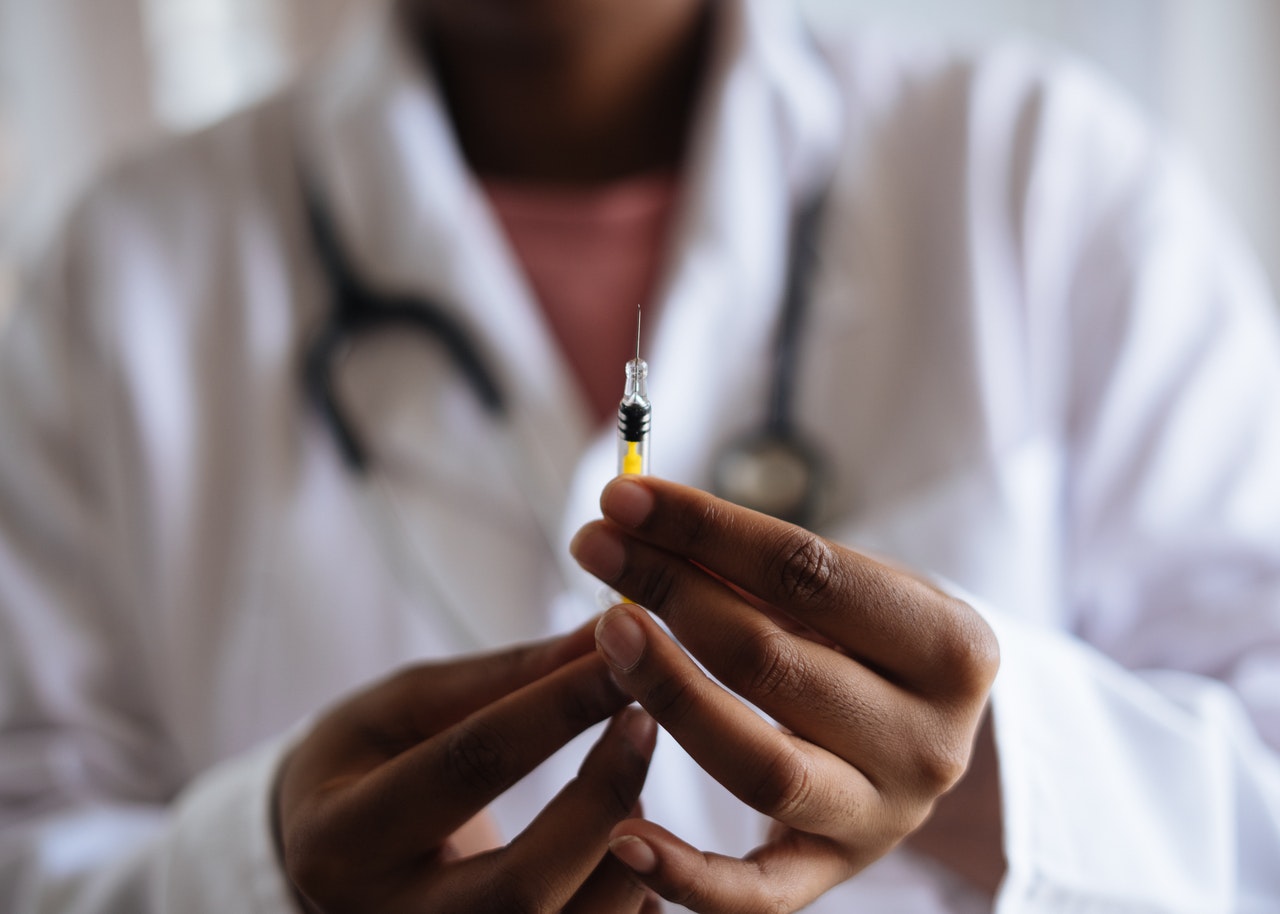In 2018, about one in 10 Americans had diabetes, and a quarter of Americans age 65 and older had the disease.1 Medicare covers a variety of medical services, screenings, equipment and drugs for diabetes, provided you’re enrolled in the coverage. Different parts of Medicare cover different diabetes needs so it’s important to understand what you need.
What You Need to Know
Medicare covers medical services, screenings, equipment and drugs for diabetes. But you have to enroll in the coverage.
Beneficiaries usually get coverage for diabetes from Original Medicare or Medicare Advantage.
Costs vary. They depend the test or supply you need as well as the plan you have.
How Does Medicare Cover Diabetes?
Different parts of Medicare cover different services and supplies. That said, some things aren’t covered by Medicare, and in many cases, you will pay a portion of the cost, unless you have another insurance plan that covers it.
Medicare coverage for diabetes would usually be obtained by enrolling in Original Medicare (Part A and Part B) or a Medicare Advantage plan (Part C).2
How Does Medicare Part A Cover Diabetes?
Medicare Part A is hospital insurance so it covers medically necessary inpatient stays in a hospital and skilled nursing facility, hospice care and some home health care.3
How Does Medicare Part B Cover Diabetes?
Medicare Part B is medical insurance and covers specific supplies and preventive services. These include the following.4
Testing with Part B
If you’re at risk for diabetes or diagnosed with pre-diabetes, Part B may pay for up to two screenings,
Supplies
- Blood sugar self-testing equipment and supplies: This includes blood sugar monitors, blood sugar test strips, lancet devices and lancets, and glucose control solutions for checking the accuracy of testing equipment and test strips. Part B covers these supplies for people with diabetes whether or not they use insulin, although the amount covered may vary. If your doctor feels that more supplies are medically necessary, Medicare may cover them.
- Insulin pumps: Medicare Part B may cover insulin pumps worn outside the body, including the insulin used with the pump, if you meet certain conditions.
- Therapeutic shoes or inserts: If you have diabetes and meet certain conditions, such as having foot ulcers or poor circulation, Part B will cover therapeutic shoes if you need them and, in some cases, inserts.
Screenings and services:
- Screenings: If you’re at risk for diabetes or diagnosed with pre-diabetes, Part B may pay for up to two screenings, such as fasting blood sugar, in a 12-month period.
- Diabetes Prevention Program: Part B covers one health behavior change program to help prevent diabetes. Sessions include training on how to make changes to your diet and exercise regime, strategies to control your weight, and a coach to keep you motivated. You must meet certain eligibility criteria, such as body mass index and blood test results.
- Diabetes self-management training: Medicare will cover an outpatient program to teach you how to manage your diabetes, including tips on diet, being active, monitoring your blood sugar, taking medication and reducing your risk of complications.
- Medical nutrition therapy services: Part B will also cover nutrition therapy services if your fasting blood sugar meets certain criteria. These services can be provided by a registered dietitian or nutritionist.
- Hemoglobin A1C tests: This test measures how well your blood sugar has been controlled over the last three months.
- Glaucoma tests: Part B will cover an eye check for glaucoma once every 12 months—you’re considered high-risk for glaucoma if you have diabetes—as well as an annual test for retinopathy.
Doctor visits
- Foot exams and treatment: If you have diabetes-related nerve damage (diabetic neuropathy) in either foot, Part B will cover one foot exam every six months.
- Flu and pneumococcal vaccinations: Part B will pay for one flu shot per flu season, as well as a pneumococcal shot to prevent pneumococcal infections like certain kinds of pneumonia.
- “Welcome to Medicare” preventive visit. Part B will cover a one-time review of your health, plus education and counseling about preventive services within the first 12 months you have Part B.
- Yearly wellness visit. Once you’ve had Part B for longer than 12 months, you can get a yearly “wellness” visit to review your medical and family history; update your list of providers and prescription drugs; take vitals like height, weight, and blood pressure; and set a screening schedule for appropriate preventive services.
How Does Medicare Part D Cover Diabetes?
Medicare Part D is prescription drug coverage. If you joined a Medicare drug plan, you’re covered for the following:5
- Insulin: This includes injectable insulin not used with an insulin infusion pump and inhaled insulin.
- Anti-diabetic drugs: Medicare drug plans can cover anti-diabetic drugs to help blood sugar (glucose) when not controlled by other measures.
- Diabetes supplies: The supplies you use when you inject or inhale insulin may be covered, including syringes, needles, alcohol swabs, gauze and inhaled insulin devices.
How Does Medicare Advantage Cover Diabetes?
If you have Medicare Advantage, your plan must give you at least the same coverage as Parts A, B and D but there may be different rules. You may have different rights, protections and choices for where to get your care. You may even get extra benefits. For more information on coverage, read your plan materials or contact your plan for information.
There are also Medicare Special Needs plans (SNP),6 which are a type of Medicare Advantage plan that limits membership to people with a specific disease, such as diabetes. Medicare SNPs design their benefits, provider choices, and drug formularies to meet the needs of the group they serve.
How Much Does It Cost for Diabetes Coverage If You Have Medicare?
Costs for diabetes coverage depends on the test or supply being covered, and it also depends on the plan you have.
Under Original Medicare
For items covered by Part B, you may pay 20% of the Medicare-approved amount after the yearly Part B deductible, although some things (like flu shots and yearly wellness visits) are covered at 100%.7 In 2022, the Part B deductible is $233.8 For drugs covered by Part D, you may have to pay the Part D yearly deductible. These deductibles vary by plan, but no Medicare drug plan may have a deductible of more than $445 in 2021, and some may have none at all.9
A Medicare Supplement plan, also known as a Medigap policy, can help to cover some of those costs.
Under Medicare Advantage
Medicare Advantages plans must provide at least the same coverage as Original Medicare, but costs and rules may be different. Premiums can start as low as zero dollars a month. You may also face cost-sharing, such as deductibles, copayments and coinsurance. Plans must have a maximum out-of-pocket limit, which is the most you’ll pay in a calendar year. Read your plan documentation or contact your plan with questions.10
Next Steps
Medicare covers a wide breadth of services and medical supplies for diabetes. If you have questions about your Medicare diabetes coverage, call 1-800-MEDICARE (1-800-633-4227) for help.


